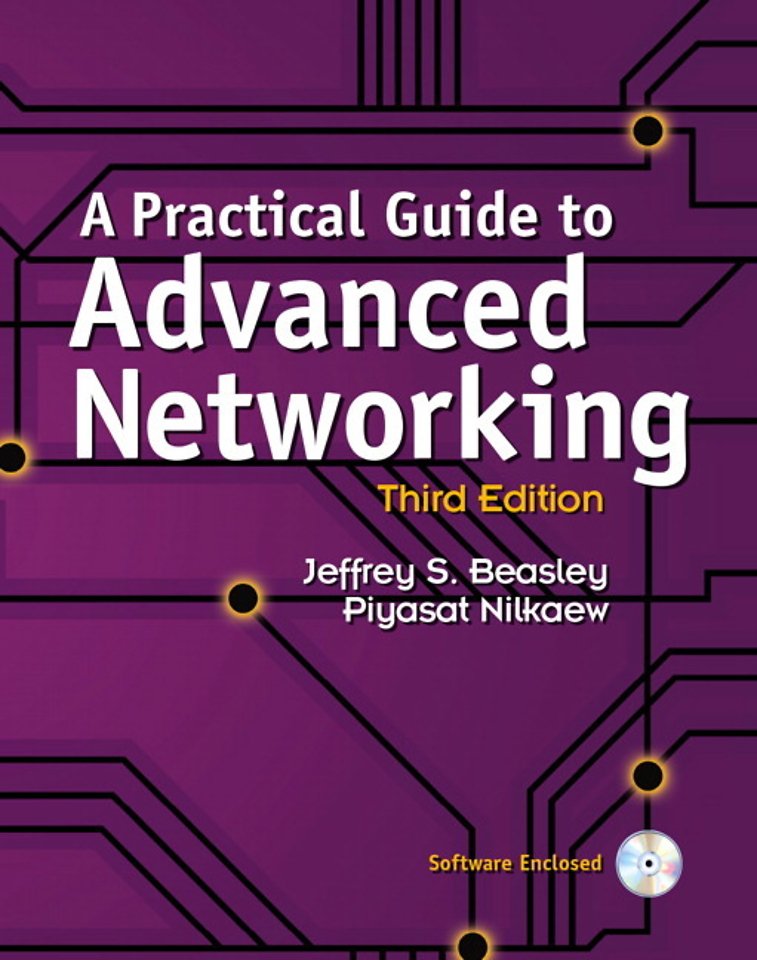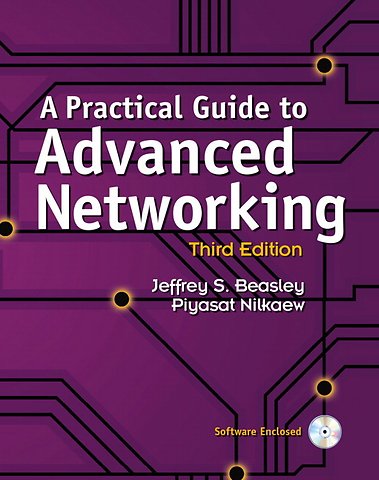Practical Guide to Advanced Networking, A (paperback)
Paperback Engels 2016 9780789757494Samenvatting
This book takes a pragmatic, hands-on approach to teaching advanced modern networking concepts from the network administrator's point of view. It introduces each new concept in clear, easy-to-understand language, explaining how each technology is used, and reinforcing every idea and technique with practical examples and exercises. Readers will learn how to design, configure, and manage campus networks, connect networks to the Internet, and apply advanced networking technologies. They will learn today's most valuable techniques for designing network infrastructure; configuring routers with RIPv2, OSPF, EIGRP, IS-IS, and BGP; using network management and analysis tools; running IPv6; networking Linux; securing networks, and using VoIP. This new Third Edition has been revised and reorganized to serve as a text for a second-semester networking course, following logically from the authors' Networking Essentials, Third Edition, ISBN 9780789749031.
Specificaties
Lezersrecensies
Inhoudsopgave
Rubrieken
- advisering
- algemeen management
- coaching en trainen
- communicatie en media
- economie
- financieel management
- inkoop en logistiek
- internet en social media
- it-management / ict
- juridisch
- leiderschap
- marketing
- mens en maatschappij
- non-profit
- ondernemen
- organisatiekunde
- personal finance
- personeelsmanagement
- persoonlijke effectiviteit
- projectmanagement
- psychologie
- reclame en verkoop
- strategisch management
- verandermanagement
- werk en loopbaan

